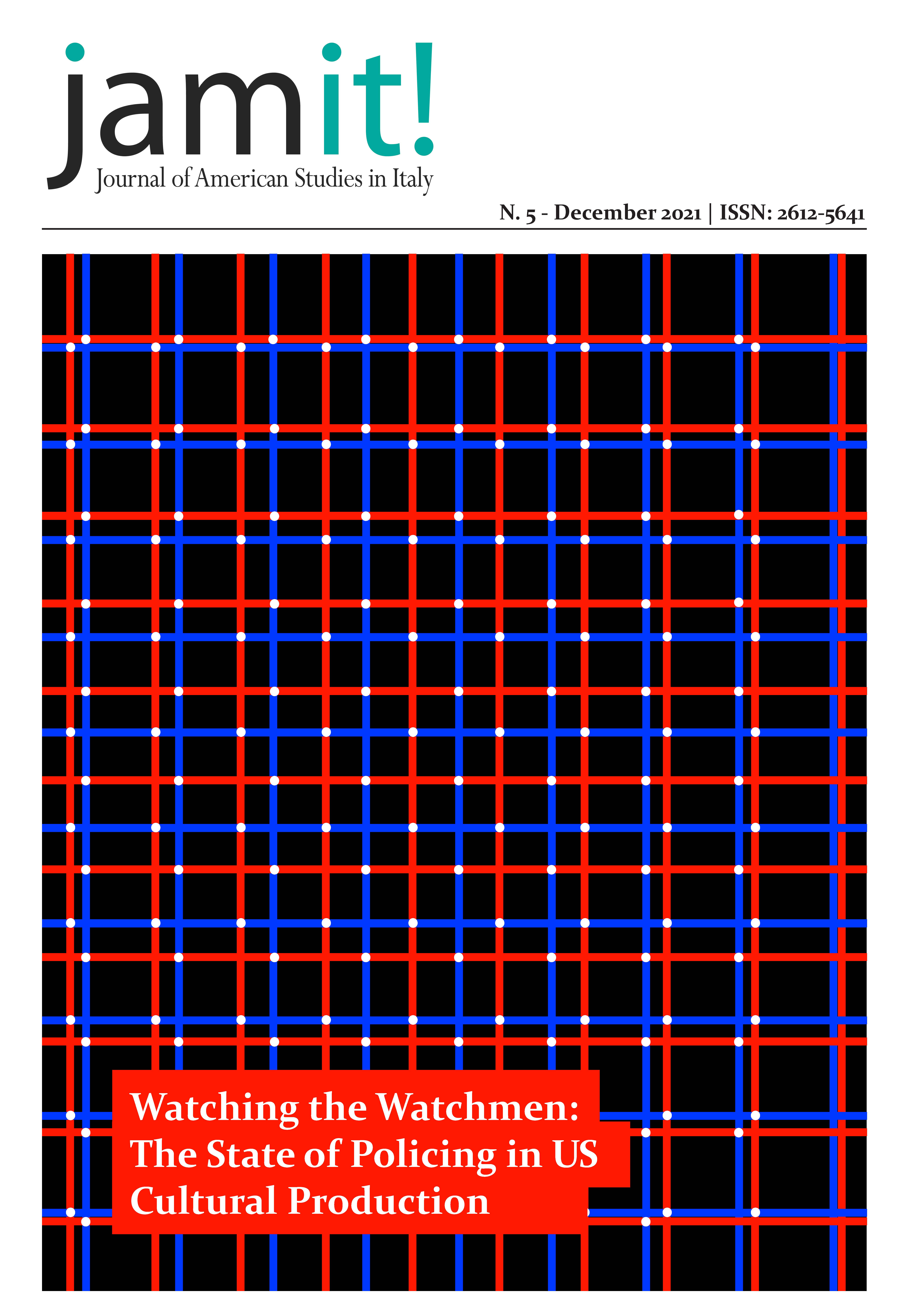Piecing Together African Americans’ Future
The Subversive Relationship Between Children and Death as a Space Of Cultural and Historical Reappropriation in Jesmyn Ward’s Sing, Unburied, Sing
DOI:
https://doi.org/10.13135/2612-5641/5532Keywords:
Jesmyn Ward, African American literature, necropolitics, death in America, children charactersAbstract
This paper explores representations in literature of the direct and indirect consequences of the U.S. state of policing on twenty-first-century African American children. Ever since Achille Mbembe’s first conceptualization of necropolitics as an ultimate expression of sovereignty in late-modern colonial contexts, the incessant development in the United States of more and more subtle ways to enforce necro citizenship on specific demographic groups have prompted scholars to further reflect on attitudes toward death in contemporary Western societies. In particular, the necessity emerged to restore necropolitics’ role as a universal process underlying the establishment of communities’ cultural and historical awareness through the practice of collective mourning. By analyzing children characters in Jesmyn Ward’s Sing, Unburied, Sing, I argue that if, on the one hand, children’s inherent ability to represent the future is marred among African Americans by ongoing racial discrimination and injustice, on the other hand, it can also become a powerful means to overturn oppressive necropolitical discourses and practices. While engaging in a long tradition of protest literature which uses African spirituality to create literary sites of resistance for Black Americans, Ward’s novel intersects Sharon P. Holland’s theory about the liberating, political power of creative writing on several levels, the most interesting and subversive of which is Kayla’s character. The three-year-old ‘crossblood’ toddler does not only embody the past and present history of African Americans, from the experience of the Middle Passage to a condition of forced silence; more significantly, she challenges received assumptions about childhood and the marginal(ized) position of her people in U.S. society by engaging with death and the dead, thus offering a redemptive and liberating perspective from which to conceive and (re)build African Americans’ future.
Downloads
Published
Issue
Section
License
Authors who publish with this journal agree to the following terms:
- Authors retain the copyright and full publishing rights for their submissions to the journal.
- Authors grant the journal right of first publication with the work simultaneously licensed under a Creative Commons Attribution-NonCommercial-NoDerivatives 4.0 International License that allows others to share unedited work for non-commercial purposes with an acknowledgement of the work's authorship and initial publication in this journal.
- Authors are able to enter into separate, additional contractual arrangements for the non-exclusive distribution of the journal's published version of the work (e.g., post it to an institutional repository or publish it in a book), with an acknowledgement of its initial publication in this journal.
- Authors are permitted and encouraged to post their work online (e.g., in institutional repositories or on their website) prior to and during the submission process, as it can lead to productive exchanges, as well as earlier and greater citation of published work (See The Effect of Open Access).




